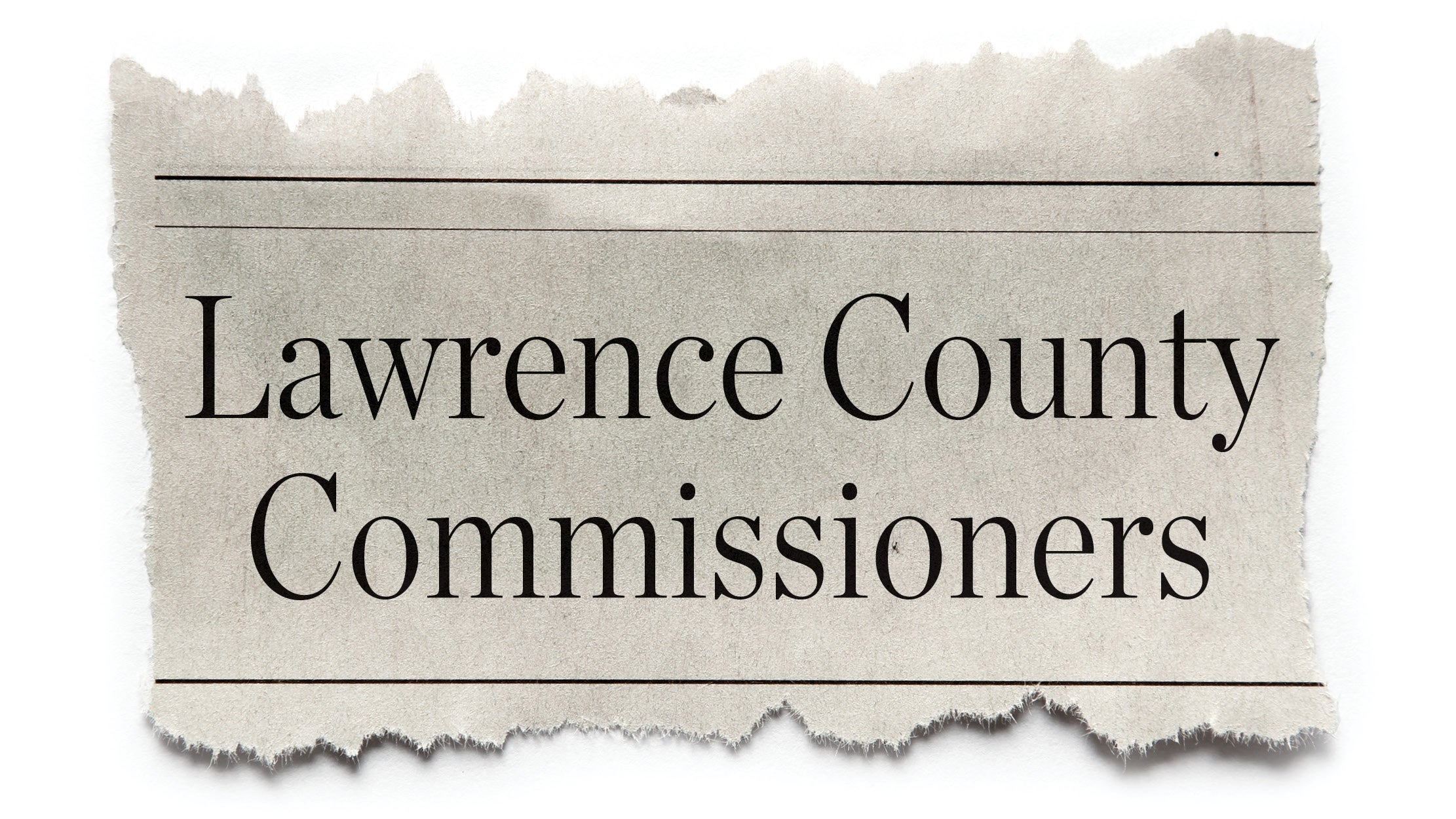Ohio health dept. to restructure after 4K unreported deaths
Published 12:00 am Monday, February 15, 2021
COLUMBUS (AP) — Ohio’s Health Department is restructuring its infectious disease division following the discovery of as many as 4,000 unreported COVID-19 deaths and will investigate how the error happened, the state health director said Thursday.
The Health Department said that “process issues affecting the reconciliation and reporting of these deaths” began in October, with most occurring in November and December. The department identified the problem during a routine employee training.
“We are starting what is our standard administrative review process, as to how the issue arose and why it was not flagged sooner,” Health Director Stephanie McCloud said.
Adding the data will inflate daily reported death counts for two or three days, but the appropriate date of deaths will be reflected on the state’s COVID-19 dashboard, the health department said.
The announcement of the underreported deaths came Wednesday night and followed an appearance by McCloud before the House Finance Committee during which she said nothing of the discrepancy.
“While I understand the director has only been on the job less than two months, someone needs to answer for this failure,” said Rep. Erica Crawley, a Columbus Democrat who was among lawmakers questioning McCloud on Wednesday and was concerned no mention was made of the reporting error at the time.
House members have a number of questions and concerns on this issue, said Taylor Jach, spokesperson for Republican House Speaker Bob Cupp.
Thursday’s daily coronavirus death toll showed more than 720 deaths, of which 650 come from previously unreported deaths, GOP Gov. Mike DeWine said.
“We hope, we believe, that is going to put us back from the track where we actually are,” DeWine said.
Republican state Auditor Keith Faber has been auditing Health Department coronavirus death data since September. A spokesperson said the error occurred when health officials were reconciling the state’s death certificate database with the federal Centers for Disease Control and Prevention’s infectious diseases database.
“We were never able to make that reconciliation ourselves to come up with those figures,” said Matt Eiselstein, Faber’s communications director. The final audit is expected next month.
It’s not uncommon for health officials to update coronavirus death totals based on data analysis, though not to the extent of Ohio’s massive adjustment.
Earlier this month, Yellowstone County in Montana — the state’s most populous county — added 47 deaths to the 179 that had been reported as of Feb. 2. Missouri regularly updates its figures, adding 287 previously unreported deaths on Thursday, including some as far back as July and May.
Fewer than 1,800 people were hospitalized in Ohio with the coronavirus Thursday, a benchmark that triggered the end of the state’s 11 p.m. to 5 a.m. curfew. DeWine said the curfew could be reimplemented if hospitalizations rise again.
The seven-day rolling average of daily new cases in Ohio did not increase over the past two weeks, going from 5,122 new cases per day on Jan. 27 to 3,129 new cases per day on Feb. 10, according to an Associated Press analysis of data provided by The COVID Tracking Project.
Also Thursday, the state human services agency blamed an enormous increase in the number of weekly first-time jobless claims on fraud.
The state said Ohioans filed 140,444 initial claims for unemployment compensation for the week ending Feb. 6, far above the 47,786 claims filed the previous week.
The “Office of Unemployment Insurance Operations is investigating all claims that were flagged for potential fraud and taking steps to implement more robust identity verification in the traditional unemployment program, as well as other measures,” the Department of Job and Family Services said.






